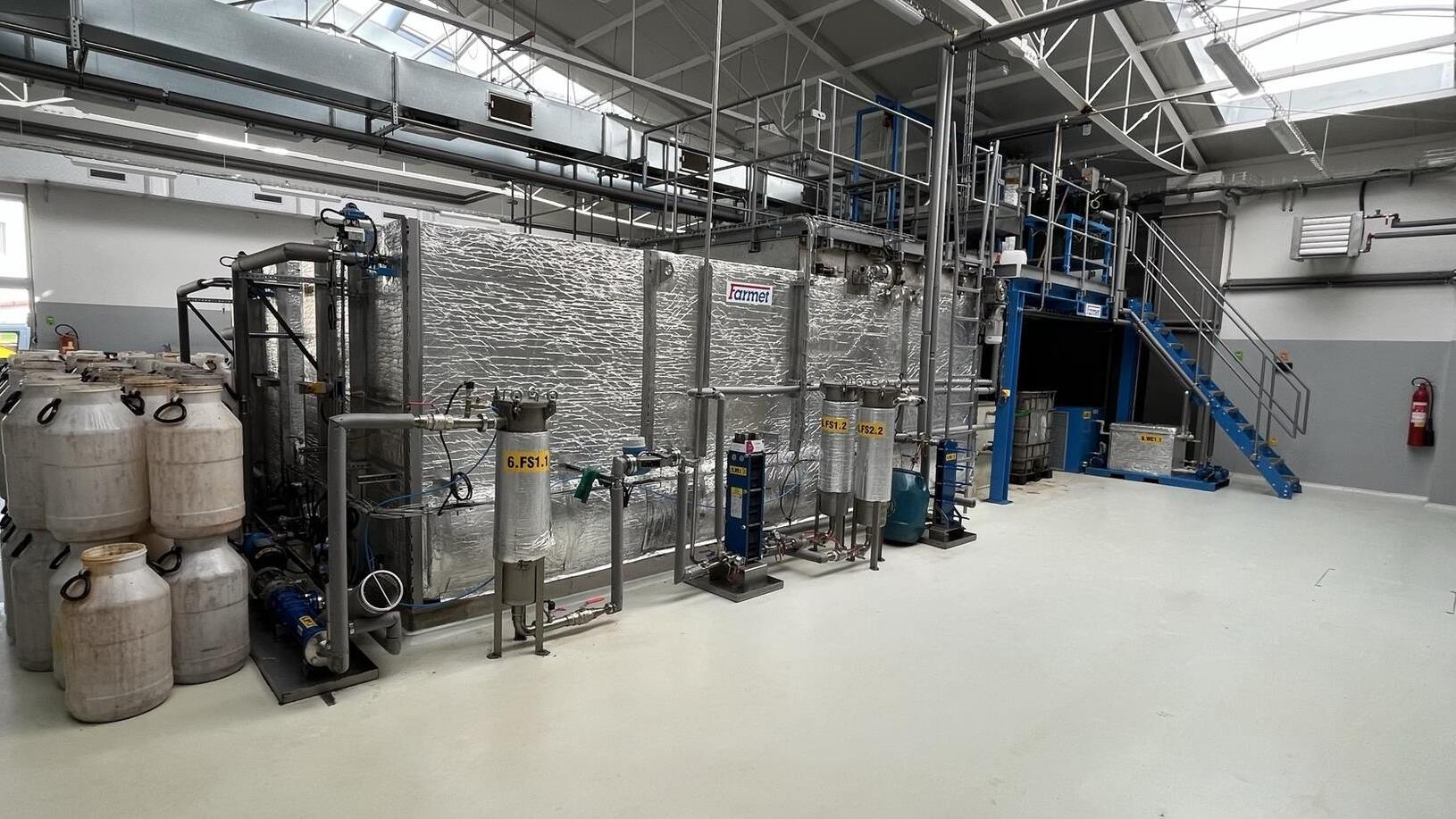Almost all used cooking oils and fats can be recycled and subsequently reused, without unnecessary environmental pollution. There are many areas where this waste is generated - households, restaurants...etc. These waste oils are bought and, after recycling the oil is sold at a much higher price. Technology UCO is an ideal opportunity to achieve high profitability. During process we don’t use any chemicals; the technology is based on purely physical processing including the use of heat recovery. Used cooking oils contain a large amount of water, coarse and fine impurities (remnants of breadcrumbs, meat, pieces of fries, etc.). With the aid of cleaning with efficient UCO technology, we can remove these impurities and moisture. A new cleaned oil is created which can be used in many fields (biodiesel additive, separation oils in construction, oil lubrication in forestry,…) for example the oil is distributed in bottles, cans, IBC containers. Removed impurities also have own application - biogas plants.
UCO technology is characterized of low costs for the separation of impurities from used cooking oil. During process we use a large central-volume separator, which is used also as a storage tank. The large-volume separator continuously captures impurities from the bottom, or separates unbound moisture in the oil, so it is not necessary in the first phase of using a centrifugal separator. A great advantage of central separators is their ability to effectively separate large amounts of impurities and high water content in the input oil. Together, the integrated duplicators heat the oil already inside, which is instrumental in faster sedimentation of impurities and water separation.
The next step is the mechanical check the size of the impurities by a coarse filter, where the penetration of impurities with a diameter greater than 2 mm into the inner device of the centrifugal separator is prevented. At first coming up next stage- preheating the oil from first step by heat recovery from the output oil, heating in a conventional manner. Subsequently, the oil enters a centrifugal separator, where it effectively separates oil, large amounts of water and fine impurities.
Based on the requirements for the quality of the output oil, the oil can be dried in a vacuum dryer. For these reasons, the line is equipped with bag-type a safety filter which checks the output quality of the oil in terms of insoluble impurities. This way oil purified is already a basic component of biofuels second generation or oils intended for bar and chain oils (forestry, construction, etc.). In the case of using oil as a component for the production of biofuels, is required pre-preparation in the form of physical refining. The issue is reducing acid number of by technology of physical deacidification.
Content of impurities after separation: max 0,2%.
Humidity after separation: 1%.
Humidity after drying: max 0,2%.
Capacity of the technology with using 2 central separators – 1,8 t/h.
Capacity of the technology with using 3 central separators – 2,5 t/h.
